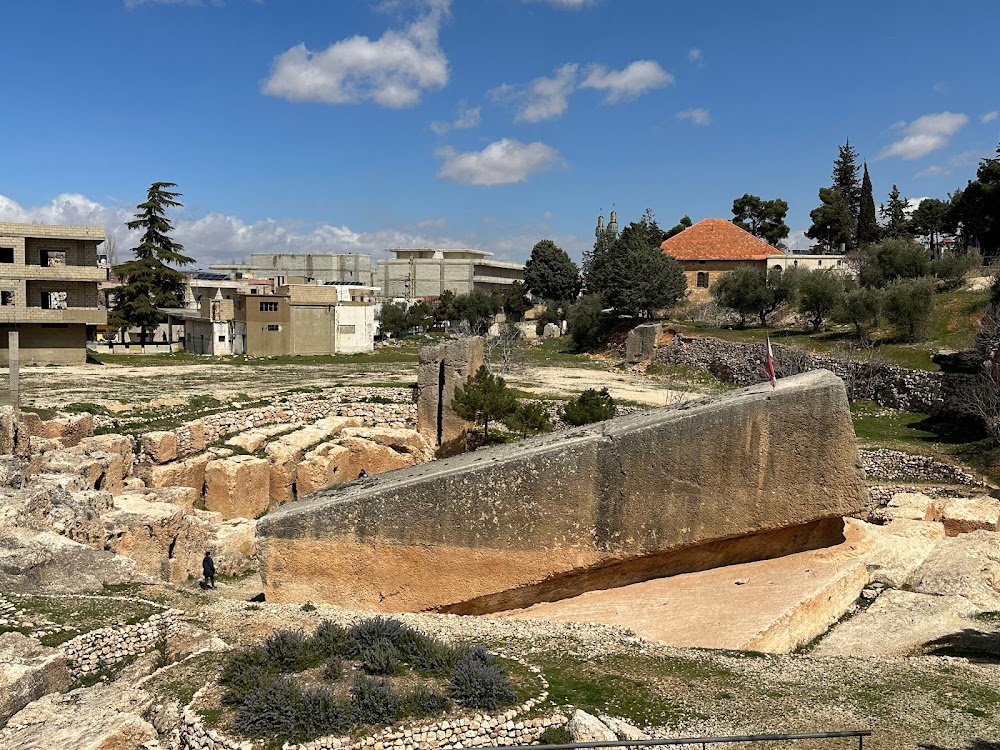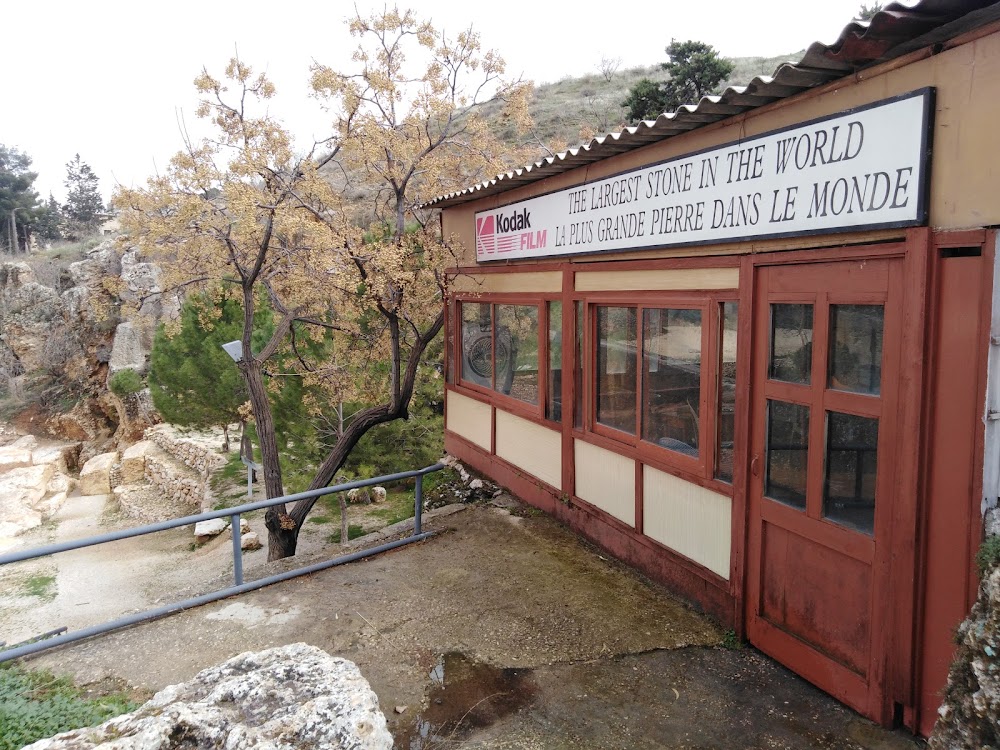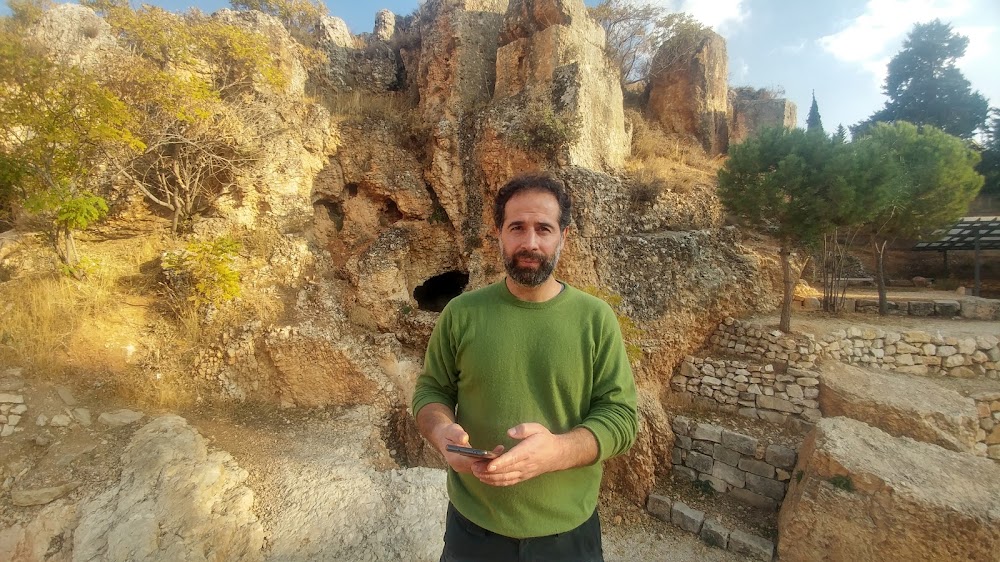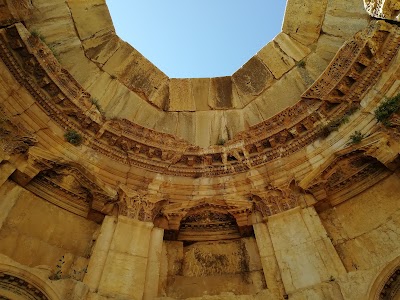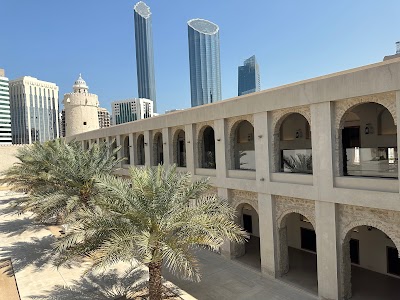Stone of the Pregnant Woman (حجر الحبلى)
Related Places
Overview
In the ancient city of Baalbek-Hermel in Lebanon lies a truly remarkable piece of history: the Stone of the Pregnant Woman. This colossal limestone block, weighing approximately 1,000 tons, ranks among the largest man-made monoliths ever quarried. What adds to its allure is that it was cut over 2,000 years ago during the Roman period, around the 1st century BCE.
The Stone of the Pregnant Woman forms part of the magnificent Roman temple complex at Baalbek, known as Heliopolis in antiquity. This site served as a major religious hub, dedicated to the gods Jupiter, Venus, and Bacchus. The construction of the temples demanded massive stones to create a strong foundation for these grand structures. This particular monolith was likely intended for a podium or foundation, possibly for the Temple of Jupiter, which features some of the largest cut stones in the world.
Remarkably, the stone remains in the quarry, unfinished and still attached to its bedrock. The reasons for its abandonment are still debated among historians and archaeologists. Some theorize that the stone was simply too heavy to move, even with the Romans' advanced engineering techniques. Others suggest that a flaw or crack may have been discovered in the stone after much of the work was completed, leading workers to leave it behind.
Crafting such a gigantic stone required meticulous planning and exceptional skill. Ancient quarry workers had to identify a suitable limestone bed and carefully outline the desired block's shape. They employed iron and bronze tools—such as chisels, pickaxes, and wedges—to carve out the stone. By driving wooden wedges into the cuts along the stone's outline and soaking them with water, the wood would expand, exerting pressure that helped detach the block from the bedrock.
Once quarried, moving this massive stone presented a significant challenge. Although the Stone of the Pregnant Woman never left the quarry, smaller colossal blocks that did were likely transported using a combination of sledges, rollers, and the labor of humans or animals, along with ropes and advanced lever techniques.
Locals and guides in Baalbek have spun many legends around this monumental stone. The name "Stone of the Pregnant Woman" has sparked curiosity and inspired numerous tales. One popular story suggests that a pregnant woman deceived the inhabitants into believing she could move the stone in exchange for her unborn child—an implausible yet captivating myth that adds to the stone's mystique.
Standing in the Baalbek quarry, the Stone of the Pregnant Woman offers a fascinating glimpse into ancient engineering marvels and the scale of Roman construction projects. It stands as a silent testament to the ingenuity and determination of the people who aspired to create the grandiose temples at Baalbek, despite the technical challenges posed by such enormous building materials. The stone remains not only a wonder of human endeavor but also an enduring enigma of ancient civilization, captivating the imagination of all who visit it.


